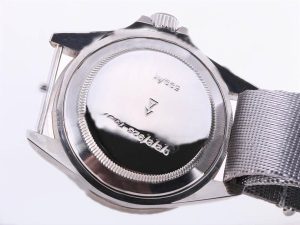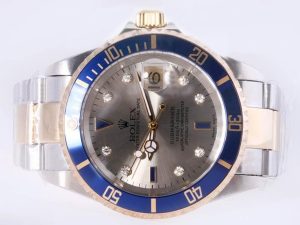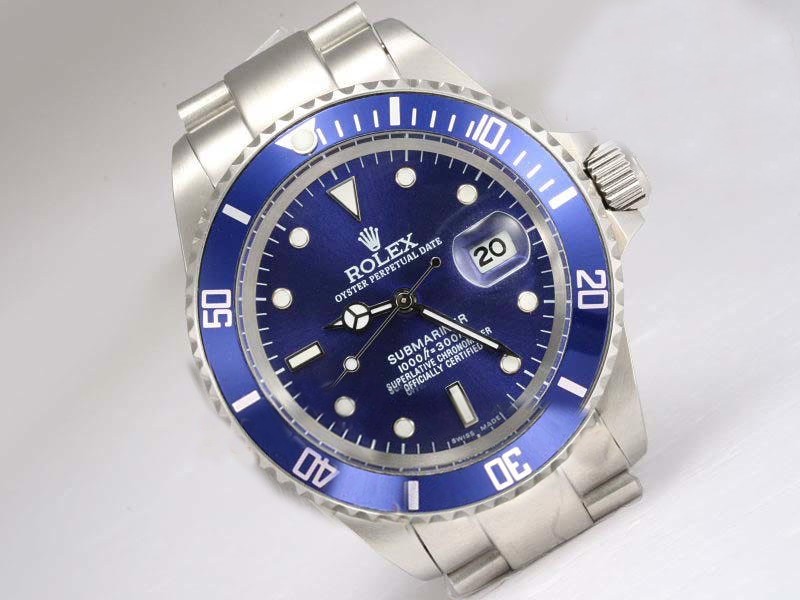Today’s Submariner has a diameter of 40mm and a height of 12.5mm, very slim for a dive watch. The watch without the date display is powered by the in-house 3130 self-winding movements, while the one with the date display is the 3135 movement. Both movements have a 48-hour power reserve. Chronometer certification from the independent testing institute COSC guarantees the accuracy of the watches, while the company itself has stricter standards, stipulating that each Rolex should not be increased or decreased by more than two seconds per day. The Glidelock system extends the bracelet for a precise fit and allows the Submariner to be worn on a diving suit. Like all replica Rolex Submariners, it has a metal bracelet with a unidirectional rotating bezel, which is inlaid with ceramic. 

Saturation diving was developed in the early 1960s. When working at deep-sea locations, professional diving companies take advantage of the fact that after 24 hours of working under pressure, the body does not absorb additional nitrogen, thus limiting the time needed to decompress. Therefore, to prepare for long hours of work at deep-sea sites, professional divers spend several days in a pressure chamber filled with a helium-nitrogen-oxygen mixture. Once their underwater mission is complete, the pressure in the chamber is gradually reduced to normal levels. During this process, the crystals on the diver’s watch would often eject from the case due to the helium trapped inside the watch. Divers from the Sealab project encountered this problem while helping the U.S. Marine Corps conduct research on the effects of high pressure and various breathing gases on the human body.
A Sealab diver reported the problem to replica Rolex and suggested adding an escape valve to safely release the helium gas that penetrates the watch. Rolex then developed the helium release valve, which was adopted by many other brands.
In the early 1970s, fake Rolex began working with Comex, a French diving specialist and supplied replica watches to all Comex divers, who then shared their experience to help the watch continue to evolve. Comex laid underwater cables and was responsible for diving oil rigs and recovering sunken ships. During this time, they developed their own special tools and tested breathing gas mixtures. Comex set many depth records and had a Sea-Dweller on the wrist of their divers for every tortured test. In 1972, two divers were put to the test for 50 hours in a pressurized chamber at a depth of 610 meters.
